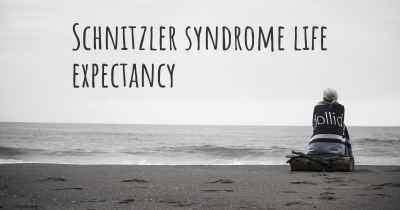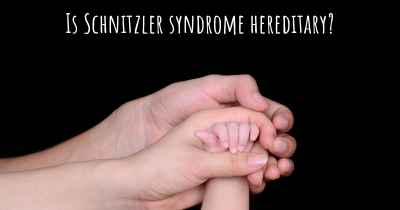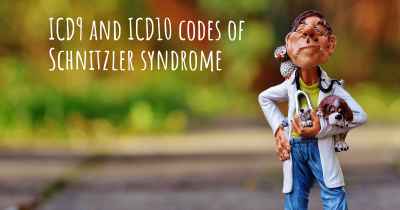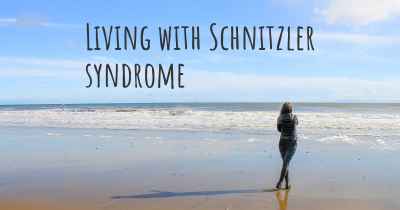Is it advisable to do exercise when affected by Schnitzler syndrome? Which activities would you suggest and how intense should they be?
See if it is advisable for people with Schnitzler syndrome to practice sports and which ones are the most recommended if you have Schnitzler syndrome
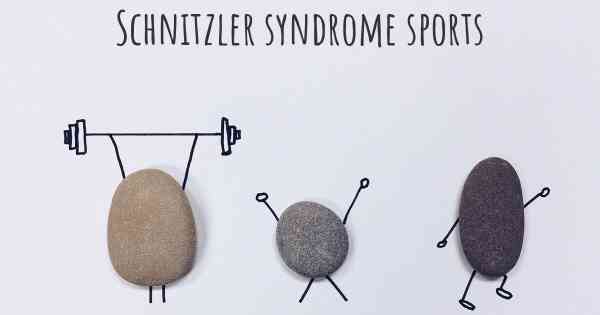
Schnitzler syndrome is a rare autoinflammatory disorder characterized by chronic urticaria (hives) and monoclonal gammopathy (abnormal proteins in the blood). It is a chronic condition that can cause various symptoms such as fever, joint pain, bone pain, fatigue, and enlarged lymph nodes. While there is no cure for Schnitzler syndrome, there are ways to manage the symptoms and improve overall well-being.
Exercise is generally beneficial for individuals with chronic conditions, as it can help improve physical fitness, mental health, and overall quality of life. However, when it comes to Schnitzler syndrome, it is important to approach exercise with caution and consider individual limitations and symptoms.
Consulting with a healthcare professional is crucial before starting any exercise regimen, as they can provide personalized advice based on your specific condition and overall health. They will be able to assess your symptoms, evaluate any potential risks, and provide recommendations tailored to your needs.
That being said, there are certain types of exercises that are generally considered safe and beneficial for individuals with Schnitzler syndrome:
- Aerobic exercises: Low-impact activities such as walking, swimming, cycling, or using an elliptical machine can help improve cardiovascular fitness without putting excessive stress on the joints. These exercises can also help reduce inflammation and boost overall energy levels.
- Strength training: Gentle strength training exercises using light weights or resistance bands can help improve muscle strength and joint stability. It is important to start with low resistance and gradually increase as tolerated. Focus on exercises that target major muscle groups while avoiding excessive strain on the joints.
- Flexibility exercises: Stretching exercises, yoga, or tai chi can help improve flexibility, joint range of motion, and overall relaxation. These activities can also help reduce stress and promote a sense of well-being.
Intensity is an important consideration when exercising with Schnitzler syndrome. It is generally recommended to start with low to moderate intensity exercises and gradually increase as tolerated. Pay attention to your body's signals and adjust the intensity accordingly. Overexertion can potentially trigger symptoms or exacerbate existing ones.
Listening to your body is crucial when exercising with Schnitzler syndrome. If you experience increased pain, fatigue, or any other concerning symptoms during or after exercise, it is important to take a break and rest. Pushing through excessive discomfort can potentially worsen symptoms and hinder overall progress.
Other considerations when exercising with Schnitzler syndrome include:
- Hydration: Drink plenty of water before, during, and after exercise to stay hydrated and support overall bodily functions.
- Proper warm-up and cool-down: Prioritize a gentle warm-up routine to prepare your body for exercise and a cool-down routine to gradually bring your heart rate back to normal.
- Modifications: Adapt exercises to your individual needs and limitations. If certain movements or positions aggravate your symptoms, modify or avoid them altogether.
- Regular breaks: Take regular breaks during exercise sessions to avoid overexertion and allow your body to rest.
- Monitoring symptoms: Keep track of your symptoms and how they respond to exercise. This can help you identify any patterns or triggers and adjust your exercise routine accordingly.
In conclusion, exercise can be beneficial for individuals with Schnitzler syndrome, but it is important to approach it with caution and consult with a healthcare professional. Aerobic exercises, strength training, and flexibility exercises are generally safe options, but the intensity should be adjusted based on individual capabilities. Listening to your body, staying hydrated, and making necessary modifications are key to exercising safely and effectively with Schnitzler syndrome.
